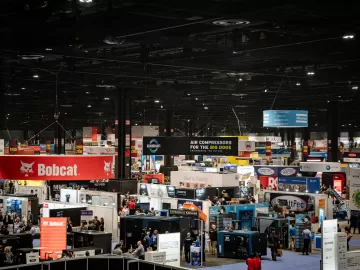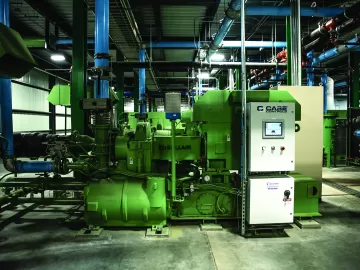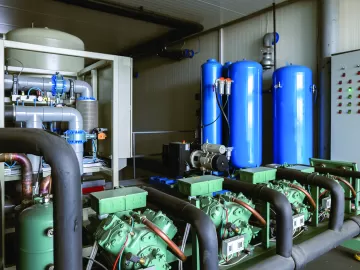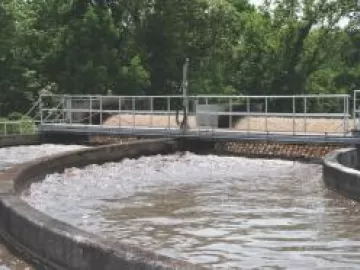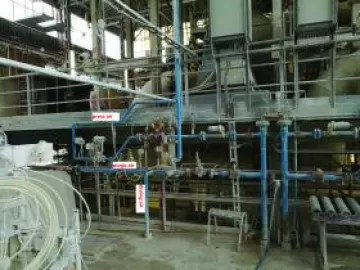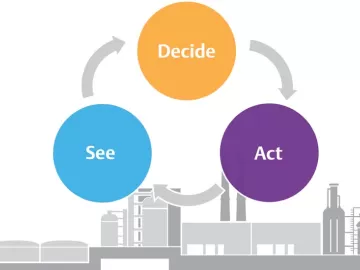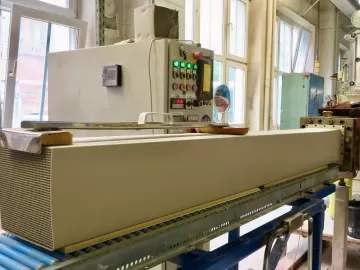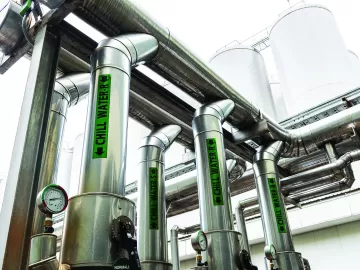Why Do Compressed Air Systems Need Drying?
The Compressed Air and Gas Institute (CAGI) will be issuing a series of articles discussing moisture in the compressed air system and will provide a brief overview of the compressed air drying technologies available.

